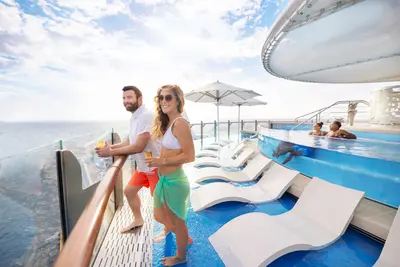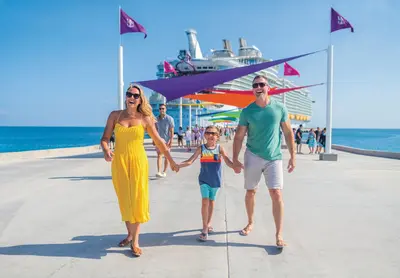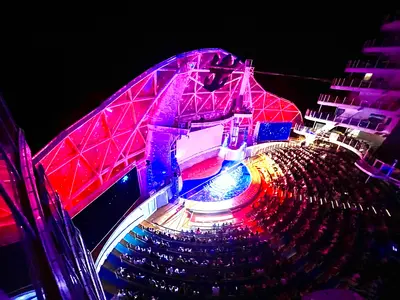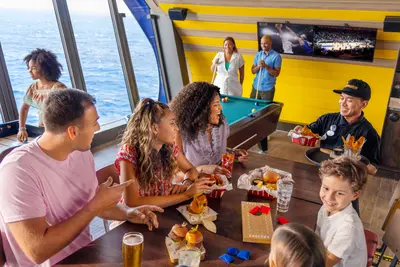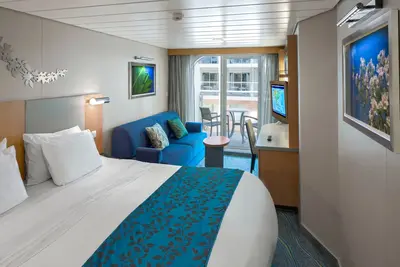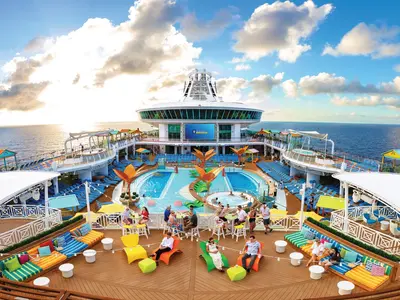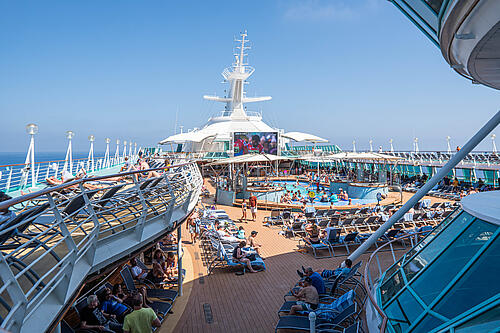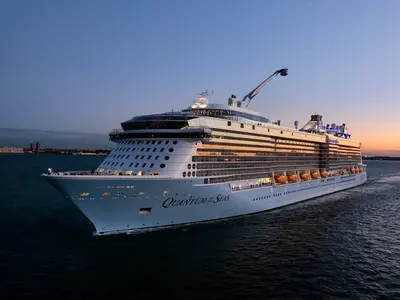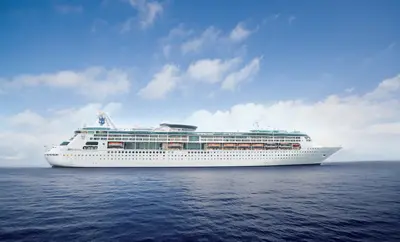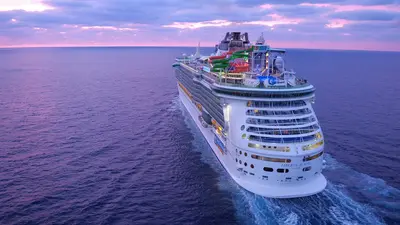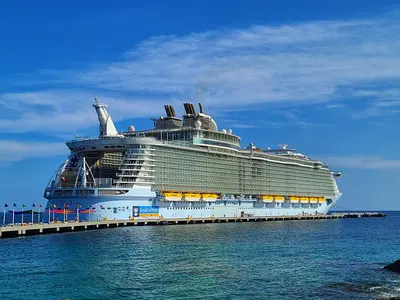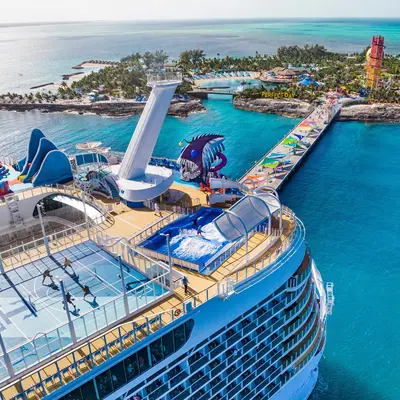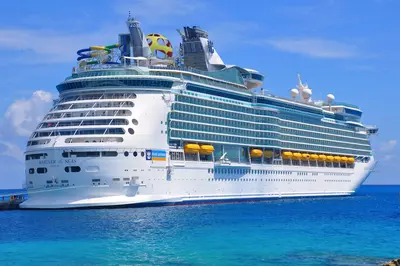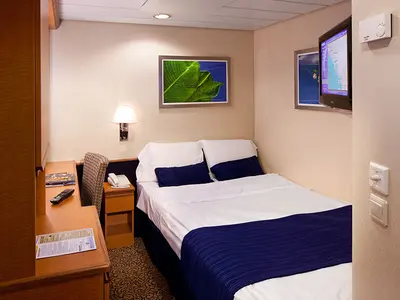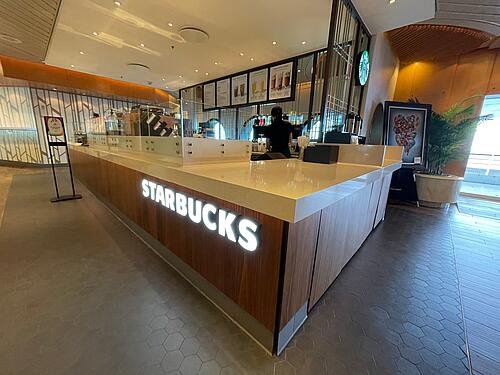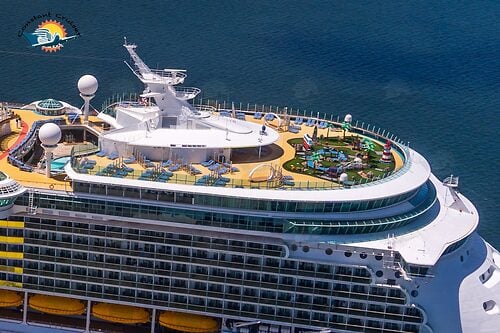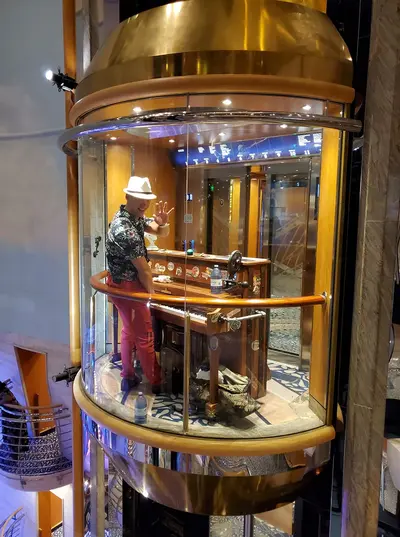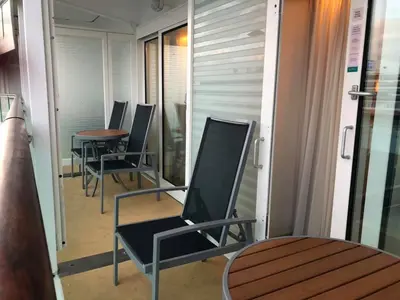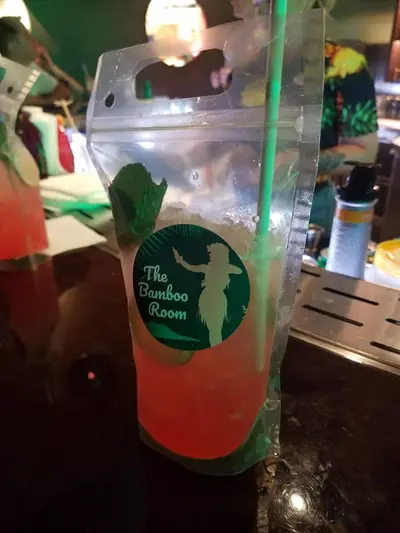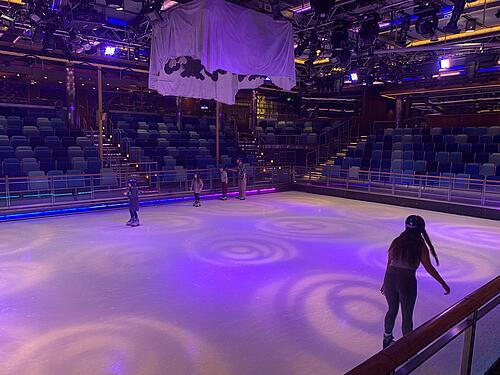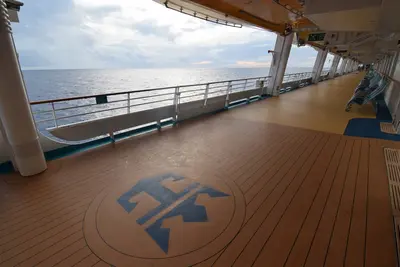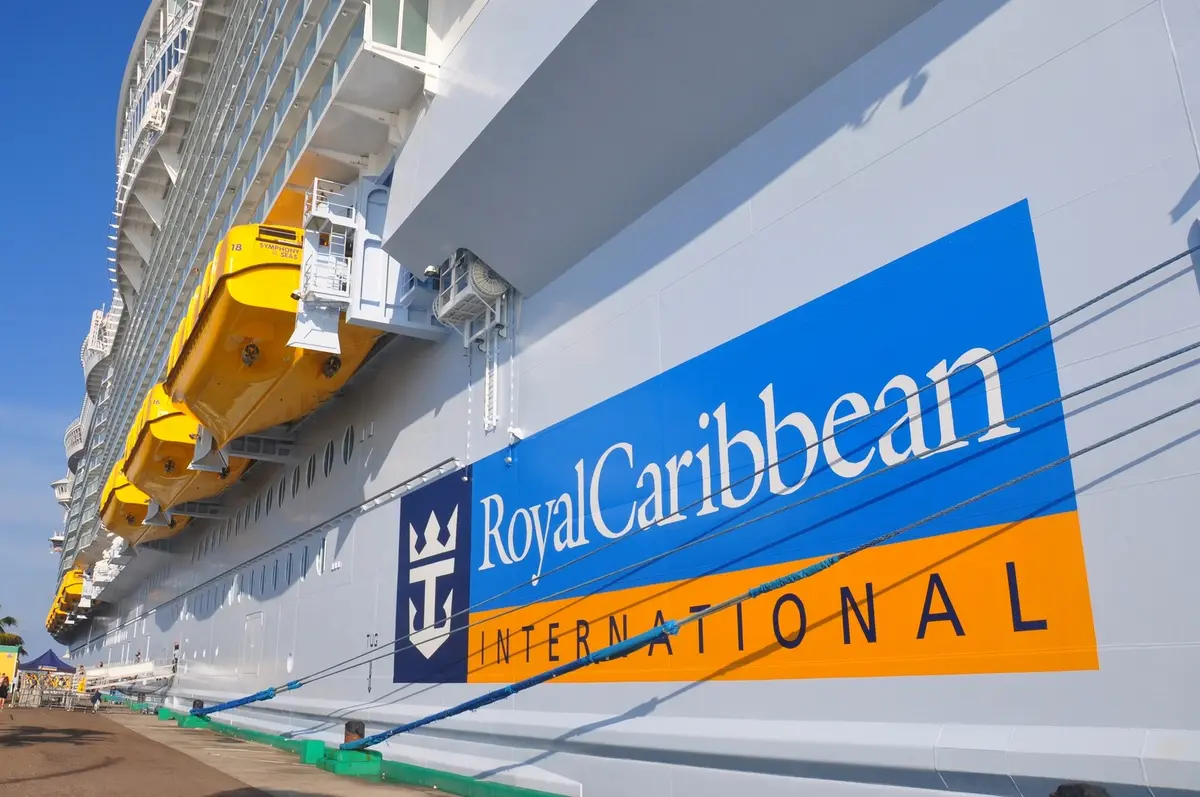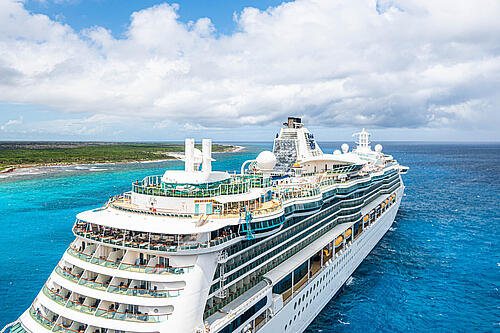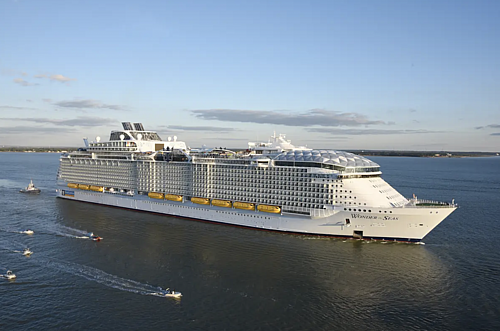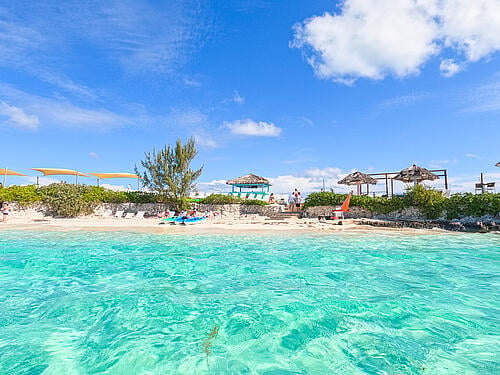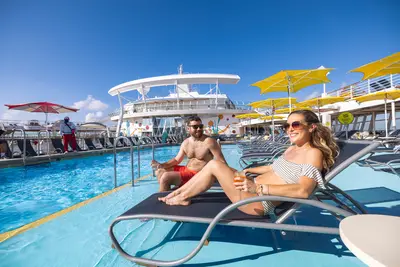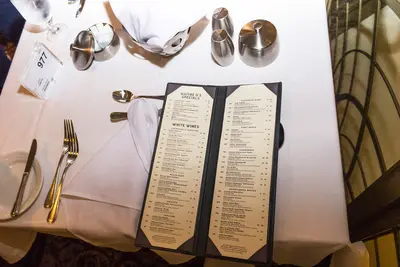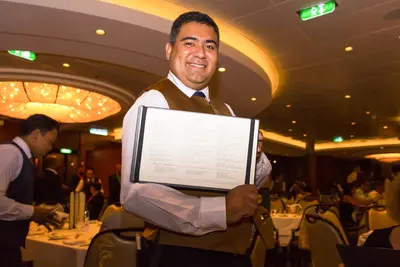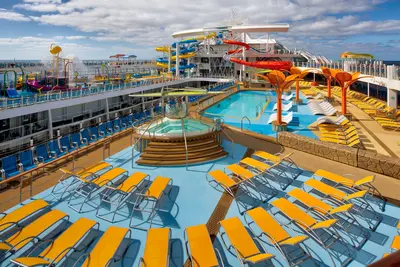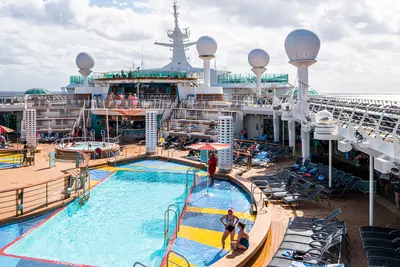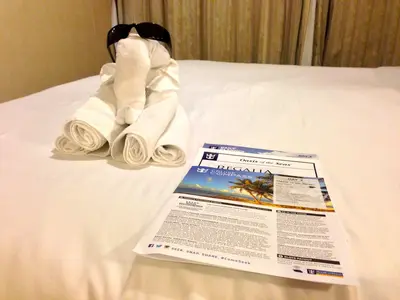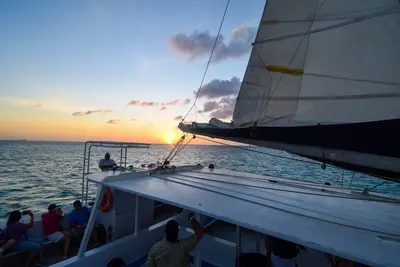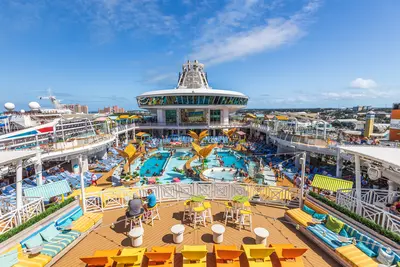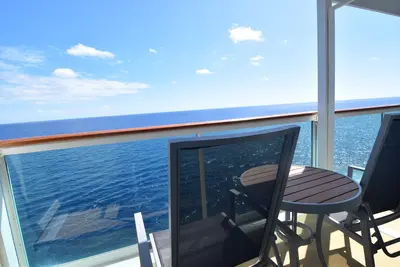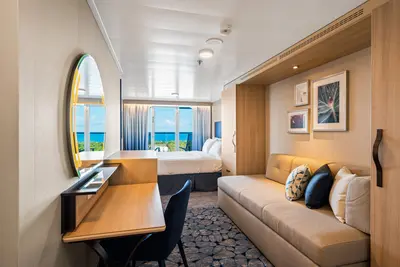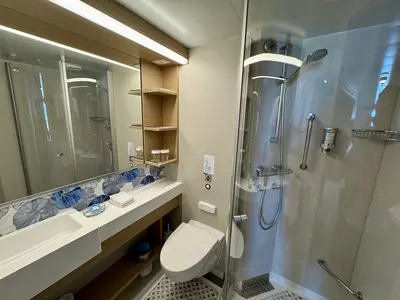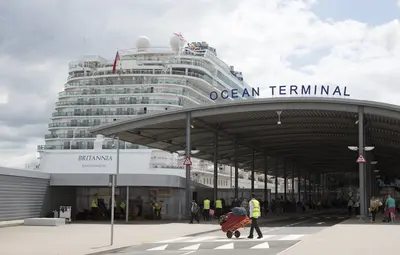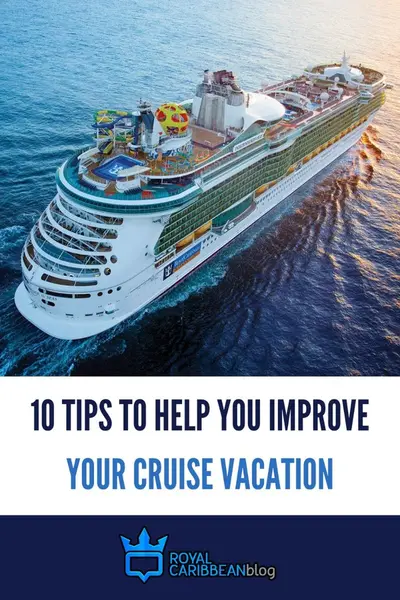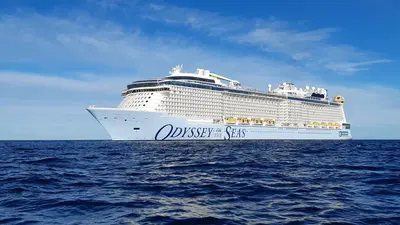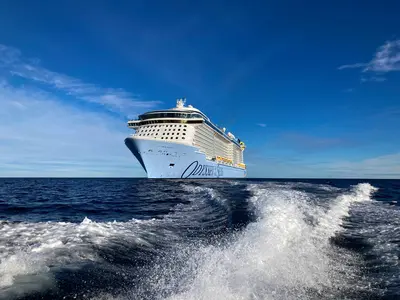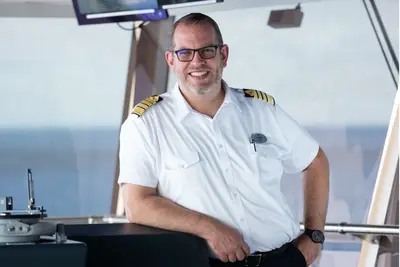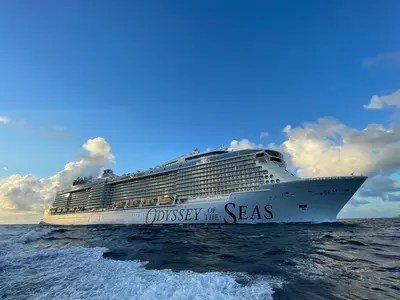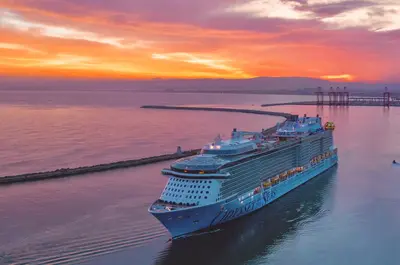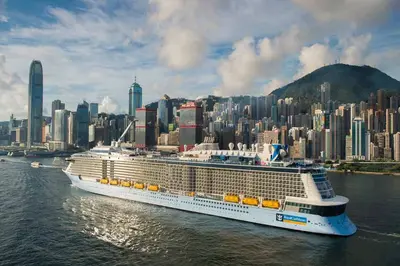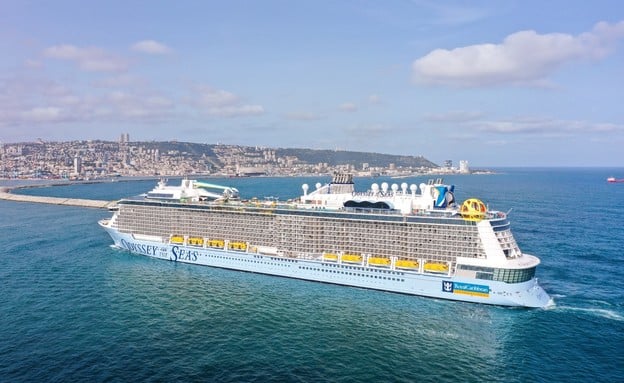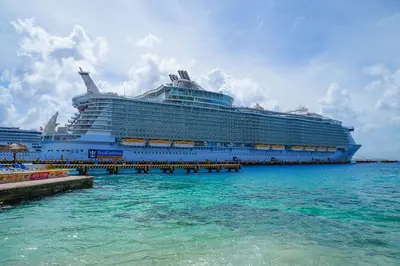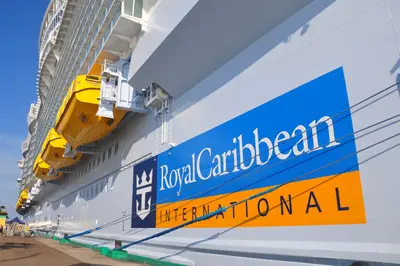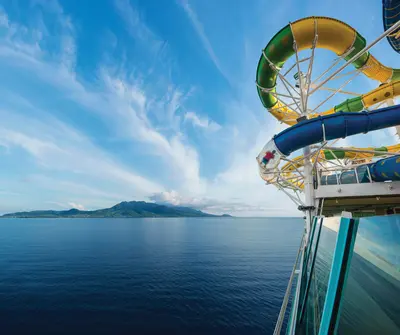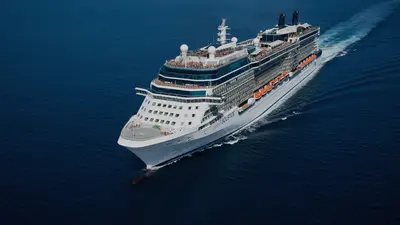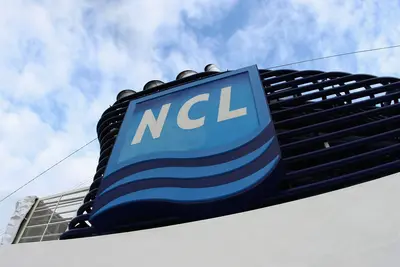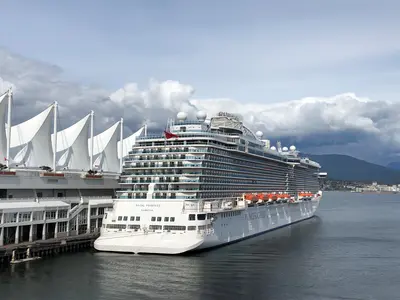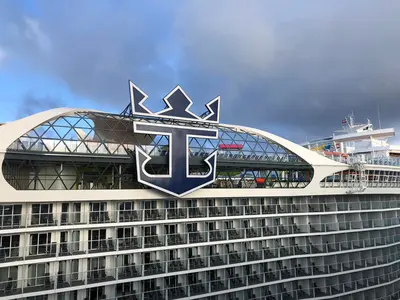While I can't come up with a formula for the perfect cruise for every single person, I can suggest some easy ways to boost anyone's cruise experience.
In my experience, everyone has their own style of cruising. Some try to do every single activity before lunch, and others don't wake up until lunch. That's the beauty of a cruise: you get to do what you want, when you want.
No matter how you prefer to chill, there are some easy ways to build on your cruise plans to make it an even better experience.
Think of these strategies like spices in a food recipe: you don't need to add them, but the extra flavor might be a nice touch.
1. Add days before or after your cruise
I think everyone should fly to their cruise at least a day ahead of time simply because of how flaky the airlines are with cancellations and delays, but there's an added benefit to flying in early.
Flying to your cruise the same day it begins is playing with fire, but coming in early (or staying after your cruise) allows you to pad your vacation time.
If you arrive a day or two early for your cruise, you get to have a more relaxed ramp-up to getting onboard. You'll be able to explore the city your ship departs from, as well as adjust to a time zone change.
Staying a few days after your cruise helps soften the blow of the "post-cruise blues" and feel like your vacation isn't coming to a screeching halt.
If you can work remotely, spending a couple extra days working from the beach in Florida is a good compromise where you get a change of scenery without having to spend extra vacation days.
This strategy is especially helpful if you're on a short cruise, such as a weekend cruise, where you can take a quick cruise and expand that overall vacation feel.
2. Buy The Key
While I'm not a huge fan of the value proposition The Key offers, I do admit buying it is a simple means of hitting the "easy button" to cruising.
The premise of The Key is to offer anyone a way to buy into VIP treatments, such as an early check-in time at the terminal, reserved time at signature activities, and a welcome aboard lunch.
This article isn't about how to maximize value, so if you're looking for a means to splurge without breaking the bank, perhaps The Key has that benefit.
Read more: Counterpoint: Why we love The Key
3. Get a sailaway massage
It's no secret that a massage at the Vitality Spa is a relaxing and enjoyable experience, but I think it's a great idea to get a massage on the first day right as the ship is departing.
Embarkation day is a busy day, and I've always found the first day to have that feeling of running errands, rather than relaxing. You want to get dining reservations, unpack all your clothes, book shows, and a host of other important first-day activities.
Read more: 25 things you need to know for your first day on a cruise ship
By the time late afternoon rolls around, it's not unusual to start feeling like you're running out of energy a bit. This is the perfect time to schedule a spa appointment.
Usually, the price for a spa treatment on embarkation day is cheaper because everyone is busy doing other things.
Getting a massage right as your ship is departing could be the perfect way to bring things down a notch and get that "I'm on vacation" feeling back in gear.
4. Ask your waiter for alternative menu options
Whether you have a food allergy or are just a picky eater, there are other options not necessarily on the menu in the dining room.
Ask to speak to the head waiter and explain what you would like, even if it is not on the menu.
Politely talk to your wait staff about what options you have. In general, as long as they have the ingredients and you make the request in advance, they can absolutely accommodate a great variety of requests.
Be aware that some changes take extra time, so give the staff advanced notice. Usually, 24 hours will suffice for special meals or foods.
Read more: How to request your favorite foods be prepared in the main dining room
5. Skip a shore excursion and stay onboard
While you likely booked a cruise because of the fun ports the ship is scheduled to visit, you might consider staying onboard the ship for one of the stops.
That isn't to say the ports of call your ship visits don't offer some really fun things to do. Rather, this is about a way to take advantage of a less busy ship.
If there's a port you have been to before, or you can't find a shore excursion that jumps out as a great choice, then you might be better off staying on the ship and enjoying the far less busy pool deck.
Read more: 5 quick and easy tips for finding a great shore excursion on your own
In the morning and afternoon while a cruise ship is docked in port, the pool deck is far less busy than almost any other time of the cruise. This means it's easy to get a seat by the pool, a seat in the hot tub, or your own personal space in the pool.
Being onboard when most others are off the ship is the closest feeling you'll get to having the cruise ship to yourself.
If you have kids, staying onboard not only allows them to enjoy the pool deck, but also get extra rides in on the ship's waterslides without a massive wait.
6. Learn about what your ship has to offer before you board
Regret is one of the most common pitfalls of a cruise, as people realize too late that they missed out on an activity, tour, or cool thing they wanted to check out.
If you want to ensure you get to experience everything on your ship that appeals to you, then you're going to want to learn about your ship before you sail.
Read more: What I wish I'd known before I went on a Royal Caribbean cruise
Royal Caribbean certainly advertises the signature activities on its ships, but there's far more to do than just a FlowRider or water slide. There are shows, trivia, lectures, entertainers, and lots of really fun things you can do onboard and onshore.
It's to your advantage to learn about everything you can do to ensure you don't miss any of it.
An easy way to learn about things to do on your ship is to read a past Cruise Compass.
The Cruise Compass is a daily newspaper of activities, and Royal Caribbean doesn't change these plans much from sailing to sailing. So while a past Compass might not be a 100% representation of what you can expect, it's going to be close enough.
Read more: First time cruiser's guide to Royal Caribbean's Cruise Compass
Likewise, there might be a fun shore excursion you'd like to do and it might not be bookable through Royal Caribbean.
The more you are aware of your options, the less likely you'll be disappointed later after learning you could have done something else.
7. Plan to hit the pool on embarkation day
Did you know the pool and water slides are open on the first day of your cruise?
Most people don't, or more to the point, most people don't have their bathing suits with them to enjoy the pool on the first day.
Pack your bathing suits in your carry-on bag and then change once you get on the ship to start off with a far less crowded pool deck day.
You'll find practically empty pools and water slides without much of a wait well into the afternoon.
Even when people get their luggage delivered to their room, by that point, it's time to get ready for dinner and that keeps the pools from being full.
Besides fewer people to contend with, hopping in the pool or jacuzzi is a great way to start your vacation with a more relaxed pace. Save the ship exploration for after dinner.
8. Bid for a cruise cabin upgrade
You don't need to spend more money to have a good time on a cruise, however, it certainly doesn't hurt either.
RoyalUp is Royal Caribbean's stateroom upgrade bidding program, where you can attempt to make an offer for a bigger cabin.
It's a blind bidding program, and that means you won't know what others bid, nor if there actually are any cabins available to upgrade to. But if you're lucky, you might be able to move up to a nicer cabin for less money than if you had booked it outright.
People cancel cruises all the time, even with just days to go before sailing. RoyalUp is a tool the cruise line uses to fill in those cabins.
There's nothing wrong with dreaming big, so if you don't mind rolling the proverbial dice on a cabin upgrade, give RoyalUp a shot.
Read more: Royal Caribbean suites guide & review
9. Get two cabins instead of one for your family
Want to know my best cruise tip for a family? Get two cabins.
If you're cruising with kids, it can be advantageous to book two connecting (or adjacent) cabins instead of one large cabin for everyone to stay in.
Connecting rooms provide separation, so the kids can go to bed at a different time from you. During the day, they have their own space (and own television) to watch.
Most importantly, getting two rooms means you'll get two full bathrooms. Families with teenagers will find this an amazing benefit.
It's also worth mentioning that two cabins doesn't mean expensive. Quite often, two smaller cabins can be the same price or cheaper than one large room or suite.
Read more: What's the best cruise ship cabin for my family?
10. Use porters at the end of the cruise
When it's time to get off the ship, do yourself (and your back) a favor and use the porters to get your luggage to your car.
I see too many people lugging their bags out of the cruise terminal (or even off the ship) as a way to save a couple of dollars.
Porters have no cost to use, but you're expected to tip them a dollar or two per bag for their services.
In my opinion, it's well worth it to have a porter take your bags and lessen the load.
In some ports, porters have their own line for getting through customs and that can save you time as well.
Save this blog on Pinterest






